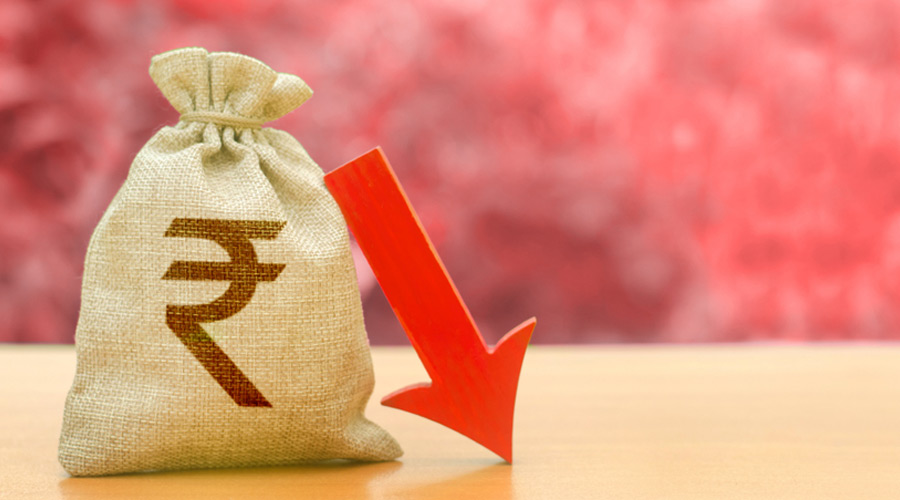The depreciation of an economy’s currency is not a matter of concern in itself. The decline in value against major currencies has to be viewed within a set of macroeconomic factors. The recent depreciation of the Indian rupee is a case in point. The rupee has been depreciating for a long time. What are of concern now are the rate at which the depreciation is occurring and the underlying factors causing the change. The Russia-Ukraine war has disrupted supply chains causing commodity prices to rise, leading to a worldwide hardening of inflationary trends. This, in turn, has caused major central banks to raise interest rates, forcing investors back to the safe haven of the US dollar. For India, these headwinds from the global economy have caused several problems. The rise in international prices, especially of crude oil, has led to a higher import bill and, hence, a greater demand for dollars. Higher interest rates in developed country markets have caused a significant outflow of portfolio investments from India, aggravating the already climbing demand for dollars from a rising import bill. By May 2022, foreign institutional investors had pulled out Rs 1.50 lakh crore from Indian markets.
In the face of these pressures, the rupee, left to itself, would decline in value as the rupee-price of a dollar would increase substantially. One way the Reserve Bank of India could stem the tide would be to sell off dollars in the market to ease the supply situation. However, this would mean that while the value of the rupee could be contained, the nation’s foreign exchange kitty would start to erode further. The RBI has been doing exactly that. The challenge before the RBI is this: how much to let the rupee depreciate and how much to intervene to prop it up? Too much depreciation would raise domestic inflation rates as the rupee-price of imports, especially oil, would raise costs of production. It could trigger a rise in policy-controlled interest rates while closely monitoring inflationary expectations. The biggest challenge is to navigate unpredictable international economic shocks in the near future. The Indian economy’s health is not exactly at its best. Exports may not be able to take advantage of a falling rupee since international demand is expected to stagnate. India’s growth and employment situations are yet to stabilise to what they were about a decade ago. The RBI has difficult choices: controlling inflation versus stimulating growth and stabilising the rupee without severely diminishing the economy’s foreign exchange kitty.










